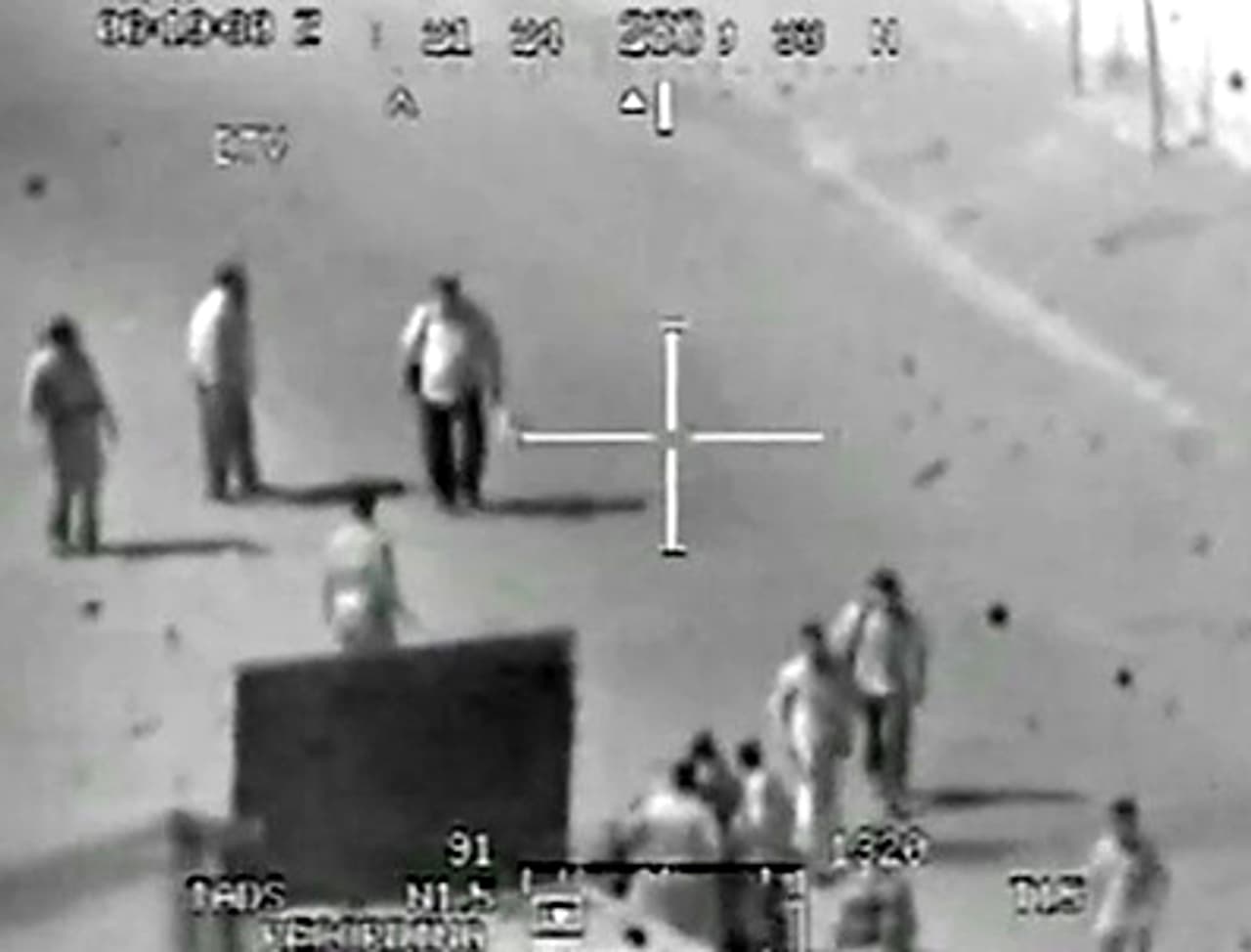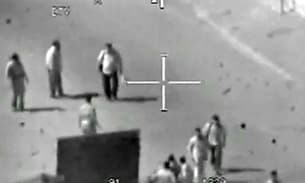
Allegations of prisoner abuse by US troops after Abu Ghraib
The US promised a crackdown after the Abu Ghraib scandal. But the Bureau of Investigative Journalism can reveal that 303 allegations of abuse by coalition forces were reported in the military files after 2004.
The reports date from August 2005 until the end of 2009. They began 16 months after the Abu Ghraib scandal. Forty-two of these involve allegations of serious abuses, including the use of electric shocks, beatings, water torture and mock executions. In nearly half of these, the claims are reported to be backed up by medical examinations carried out by US medical personnel.

Abu Ghraib scandal
In April 2004, news broke of the torture of Iraqi inmates by the US military in Abu Ghraib. The accounts prompted the then Defense Secretary Donald Rumsfeld to apologise. He promised to bring the perpetrators to justice and “make changes as needed to see that it doesn’t happen again”.
Fresh allegations
There are no allegations of abuse reported in the files in 2004. But the secret logs reveal that between 2005 and the end of 2009 at least 303 claims of alleged abuse by coalition forces in Iraq were reported to American forces. The majority of the alleged incidents occurred at the point of arrest or during transfer to detention centres rather than in prisons.
Graphic:detainee abuse in Iraq
The first case in the files was reported on August 27 2005. A man claimed he was blindfolded and beaten after being arrested and detained by US Marines at a checkpoint.
In another case, it is alleged that US Marines videotaped the abuse before releasing the prisoner.
November 12 2006
Two marines (Corporal and Lance Corporal) allegedly videotaped themselves … holding a knife to a detainee’s throat and a M9 to the detainees head.
Medical evidence
In 30 of the 42 serious cases in the SIGACTS, the reports say that medical investigations took place. Twenty of these found evidence of injuries consistent with the allegations of abuse. Only five found no evidence.
July 11 2006
The detainee stated that after he was flex-cuffed, one person sat on his chest and another on his legs … the person punched him in the back of the head, picked up his head and slapped him, and put a plastic pipe in his mouth … The persons conducting the questioning also kicked him on the sides of his body … after this the persons put a bag over his head…
The medic concluded that the detainee did have injuries to his back that were consistent with abuse. A statement was taken from the detainee. Pictures were taken to document the abuse.
Fear of death
It is not just physical abuse; in other cases, detainees allege US troops used fear of death as part of their interrogations:
January 22 2007
Marines grabbed [detainee] by the neck, took him to a suspected IED, threw him to the ground, and kicked him hard in the stomach. The detainee further alleged Marines made him start digging up the suspected IED and pointed a rifle at his neck while an unknown Marine counted 1&2&3. As Coalition Forces were alleged to have been involved, further investigation is required.
Our findings from the files are backed up by a report by Human Rights Watch that was published two years after the Abu Ghraib scandal. The organisation suggested that the abuse of Iraqi detainees by US forces was still widespread and was occurring in locations all over Iraq.
Detainee Abuse in Iraq from TBIJ on Vimeo.
Beyond Abu Ghraib
After Abu Ghraib, the US government gave assurances that allegations of detainee abuse by US forces would be thoroughly investigated. It is clear from the logs that allegations were being reported. What is not known, however, is what happened after these reports were made. The Department of Defense has refused to comment on specific cases.




